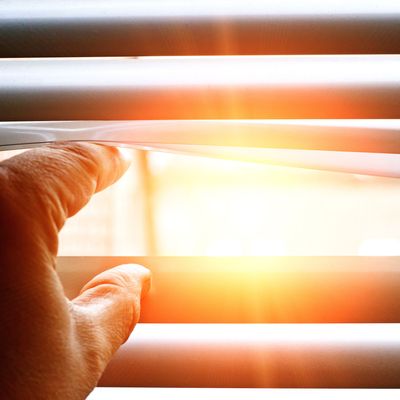
One thing to keep in mind when you’re scheduling a doctor’s appointment: All signs point to morning as the best time to be a patient. One study, for example, found that complications from anesthesia are more common in surgeries that begin later in the day; another found that, as the hours go by, gastroenterologists begin missing more red flags on colonoscopies. As The Atlantic has previously noted, researchers have even found a “rush hour effect” for women in labor, with a spike in unplanned C-sections on Friday afternoons (the implication being that the delivering doctors were itching to get the babies born so they could start their weekends).
According to a study recently published in the journal Psychoneuroendocrinology, the same may hold true for psychotherapy. In this case, though, it has less to do with the doctors and everything to do with the patients’ hormone levels.
Past research has shown that levels of the stress hormone cortisol are naturally highest earlier in the day, gradually decreasing over the course of the afternoon and evening. And there’s some evidence that cortisol, which kicks in as part of the fight-or-flight response, aids in “extinction learning,” in which people gradually unlearn a conditioned response over time. Putting those two concepts together, the study authors theorized that peak cortisol hours could be the ideal time for exposure therapy, which relies on extinction learning to help patients develop new reactions to their fear triggers.
To test their hypothesis, the researchers recruited 24 people who had been diagnosed with panic disorder and agoraphobia (fear of crowds or public spaces). The participants met with therapists for exposure therapy once a week for three weeks, in sessions staggered by time. During each session, the patients would spend at least half an hour in a new setting — on public transportation, in a crowded supermarket or movie theater, in a small space like an elevator — and remain there until it began to feel less threatening. Before and after each meeting, the study authors gave patients surveys to assess their symptoms, and also took saliva samples to measure cortisol levels.
Sure enough, the morning sessions were the ones where patients made the biggest gains, defined as the most dramatic drop-off in symptoms between one session and the next. When they met with their therapists in the morning, patients reported feeling less panic and more control over their anxiety at the following meeting, compared to when they had their therapy in the afternoon. As the authors noted, the study is a small one whose findings need to be bolstered with more follow-up research. For now, though, it presents an intriguing idea: That there’s a simple, low-effort way to make mental-health treatment better, and all it requires is a scheduling tweak.




